Mold can be a stubborn and unwanted housemate, particularly in damp environments. It’s not only unsightly but can also pose serious health risks, especially for individuals with allergies or respiratory conditions.
One of the most effective and natural ways to combat mold is by using indoor plants. Not only do they beautify your space, but certain plants also help purify the air and reduce humidity, making them formidable allies against mold growth.
Weeping Fig (Ficus benjamina)

The Weeping Fig, also known as Ficus benjamina, is a popular indoor plant known for its lush foliage and air-purifying qualities. This plant is more than just aesthetically pleasing; it plays a significant role in enhancing indoor air quality.
Key Attributes:
Releasing Antioxidants: Weeping figs are known for their ability to release antioxidants into the air. These compounds can help neutralize harmful pollutants, improving the overall quality of the air in your home.
Absorbs Toxins: This plant is particularly adept at absorbing a variety of toxins, including formaldehyde, xylene, and toluene. By filtering out these harmful substances, the Weeping Fig helps create a healthier living environment.
How It Helps with Mold:
While the Weeping Fig doesn’t directly eliminate mold, its properties in absorbing toxins and improving air quality make it a suitable addition to any mold-prevention strategy. Healthier air can prevent mold spores from spreading throughout your home.
Lady Palm (Rhapis excelsa)
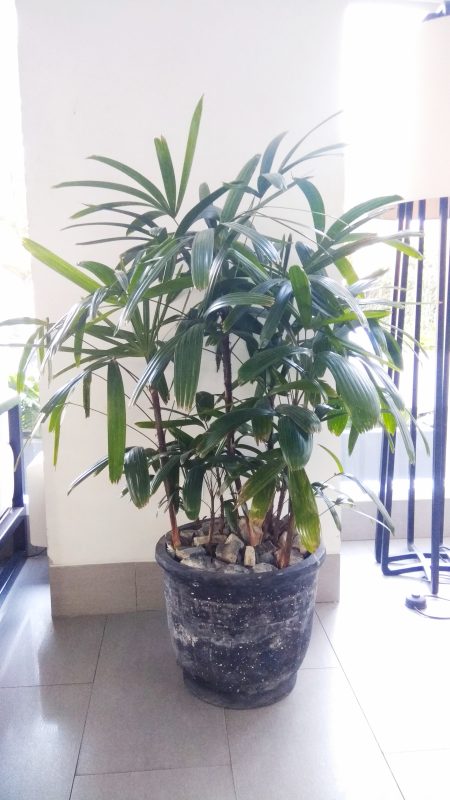
The Lady Palm is another excellent option when it comes to mold-fighting indoor plants. Known for its graceful appearance and hardiness, this plant can thrive in various light conditions and is a favorite among plant enthusiasts.
Key Attributes:
Absorbing Moisture from the Air: One of the standout features of the Lady Palm is its ability to absorb excess moisture from the atmosphere. This characteristic is crucial, as mold thrives in humid conditions.
How It Helps with Mold:
By regulating humidity levels, the Lady Palm contributes to mold prevention. Its ability to absorb excess moisture means that it can create a less hospitable environment for mold spores to settle and grow.
English Ivy (Hedera helix)
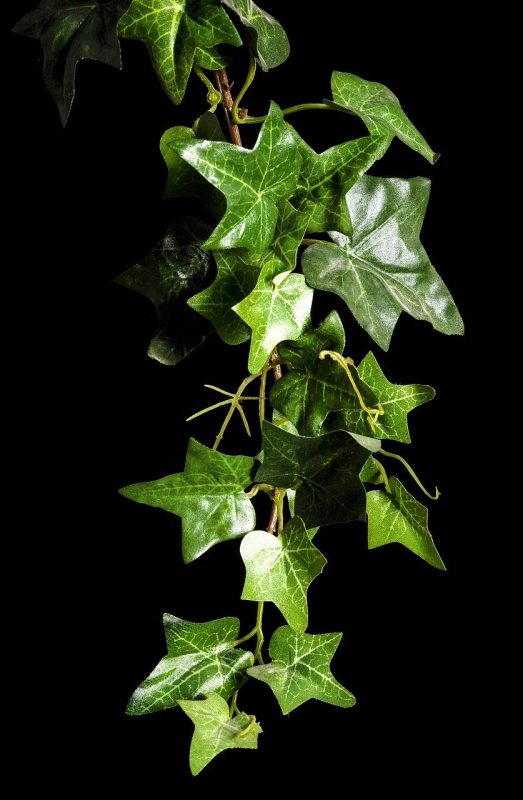
English Ivy is renowned for its climbing nature and beautiful foliage. Beyond its decorative appeal, this plant is a powerful air purifier.
Key Attributes:
Reduces Toxins from Mold-Contaminated Air: Research conducted by the American College of Allergy, Asthma & Immunology indicates that English Ivy can reduce the number of toxins from mold-contaminated air by an impressive 78% in just 12 hours.
How It Helps with Mold:
Given its ability to effectively filter out mold toxins, English Ivy serves as a natural defense against indoor air pollution. Its rapid action against airborne mold spores makes it an ideal plant for anyone concerned about mold in their living spaces.
Peace Lily (Spathiphyllum)
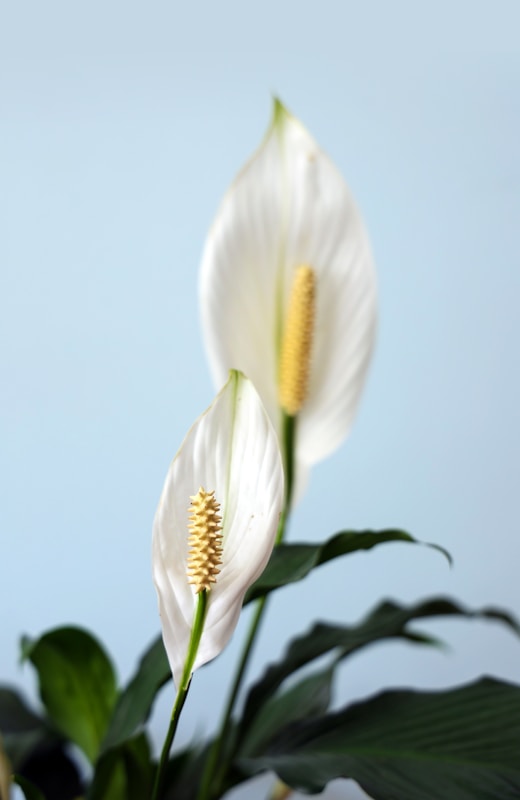
The Peace Lily is renowned for its striking white flowers and glossy green leaves. Not only does it add a touch of elegance to your home, but it is also an exceptional air purifier.
Key Attributes:
Reduces Mold Spores and Bacteria: The Peace Lily is effective at reducing mold spores and bacteria by 50-60%, making it a solid choice for individuals looking to improve air quality and combat mold proliferation.
How It Helps with Mold:
By actively removing mold spores from the air, the Peace Lily helps to prevent the spread of mold and can contribute to a healthier indoor environment. It’s also known to thrive in low-light conditions, making it versatile for various indoor spaces.
Dracaena (Dracaena spp.)

Dracaena is a genus of plants that includes several popular houseplants. Known for their dramatic foliage and easy-care nature, Dracaenas are excellent for improving indoor air quality.
Key Attributes:
Releases Phytochemicals that Suppress Spores: Dracaena releases specific phytochemicals that can help suppress mold spores, making it an effective ally in your mold-fighting strategy.
How It Helps with Mold:
The release of these beneficial phytochemicals contributes to a reduction in mold growth and helps maintain a cleaner, healthier indoor atmosphere. Furthermore, Dracaenas are relatively low-maintenance, making them an ideal addition to any indoor plant collection.
Spider Plant (Chlorophytum comosum)
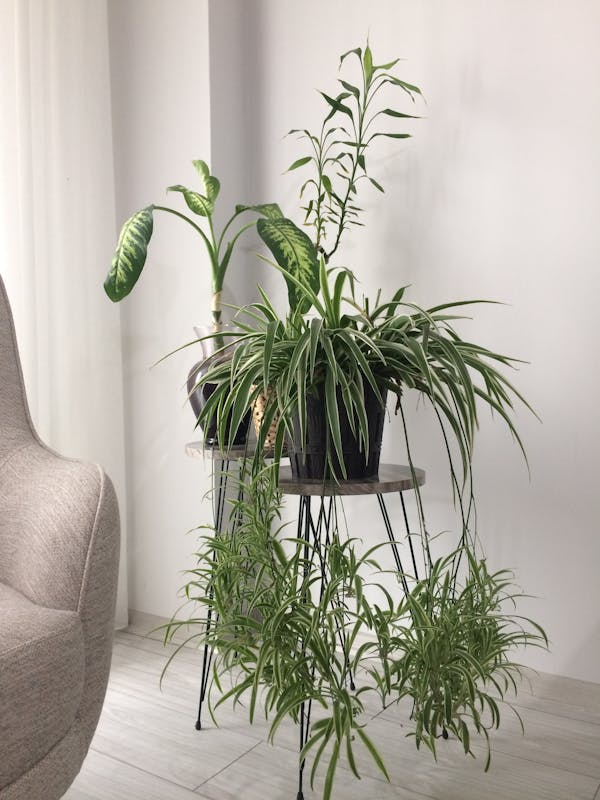
The Spider Plant is a favorite among indoor gardeners due to its adaptable nature and unique appearance. It’s also recognized for its ability to improve air quality.
Key Attributes:
Removes Mold Toxins in Just a Few Days: Spider Plants are particularly efficient at removing mold toxins and other indoor air pollutants. They have been shown to filter harmful chemicals, thereby helping to cleanse your living space rapidly.
How It Helps with Mold:
By effectively absorbing toxins and reducing mold spores in the atmosphere, Spider Plants contribute to creating an environment where mold struggles to thrive. They are also very easy to propagate, making them an excellent choice for plant lovers who enjoy sharing greenery with friends or expanding their indoor collection.
Boston Fern (Nephrolepis exaltata)

The Boston Fern is a lush, feathery plant that not only adds beauty to your home but also serves a purpose in air purification. These ferns are known for their robust foliage and ability to thrive in humidity.
Key Attributes:
Reduces Mold Spores Via Their Leaves: Boston Ferns work by absorbing excess moisture from the air, which is crucial in preventing mold growth. Their large fronds are effective in capturing dust and pollutants, further enhancing indoor air quality.
How It Helps with Mold:
The moisture-absorbing capabilities of Boston Fern contribute to lower humidity levels, thus creating a less favorable environment for mold development. Keeping one in your bathroom or kitchen—areas prone to moisture—can be particularly beneficial in controlling mold issues.
Snake Plant (Sansevieria trifasciata)
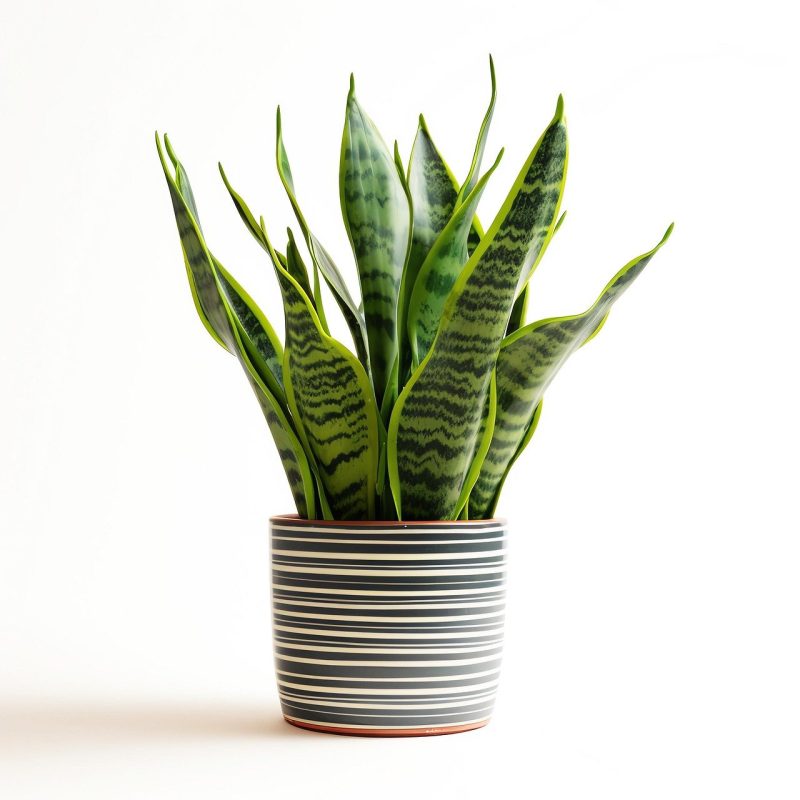
The Snake Plant is another popular indoor plant celebrated for its low maintenance and durability. Known for its tall, upright leaves and striking appearance, it’s more beneficial than meets the eye.
Key Attributes:
Removes Humidity and Releases Oxygen at Night: One of the unique characteristics of Snake Plants is their process of photosynthesis, which allows them to release oxygen at night. This ability helps regulate humidity levels indoors, which is particularly valuable in preventing mold growth.
How It Helps with Mold:
By reducing humidity and providing fresh oxygen, the Snake Plant creates a less hospitable environment for mold to take hold. Its air-purifying properties, coupled with its resilience in various light conditions, make it an outstanding choice for both novice plant owners and seasoned enthusiasts.
Orchids (Orchidaceae)
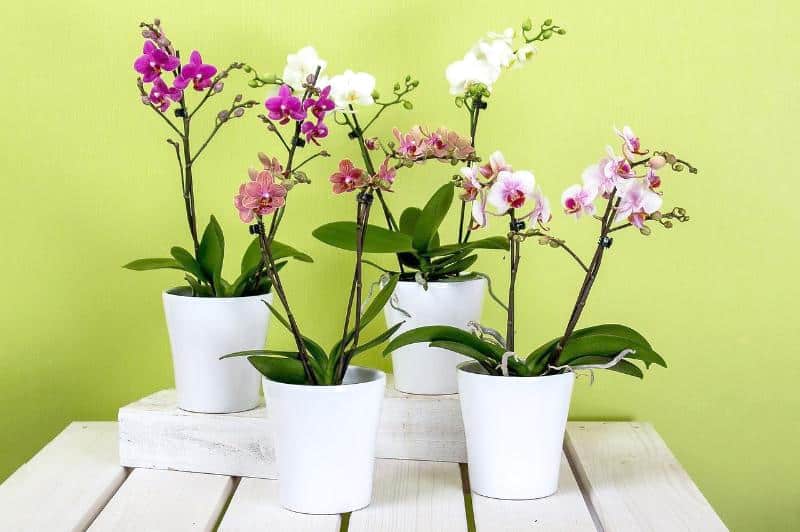
Often regarded as exotic and elegant, Orchids are not just beautiful; they also have valuable attributes when it comes to indoor air quality.
Key Attributes:
Humidity Regulation: Orchids naturally thrive in humid environments, and they can help maintain a stable humidity level within your home. While they are typically grown for their beauty, their capacity to regulate the moisture in the air can also be advantageous in preventing mold growth.
How It Helps with Mold:
Orchids can absorb excess moisture through their roots and foliage, which can assist in keeping mold at bay. They are also less likely to harbor mold themselves, provided they are cared for correctly, given their unique biological makeup that promotes a healthy environment.
Conclusion: Bring Nature Indoors for a Mold-Free Home
Incorporating indoor plants that prevent mold isn’t just a trend; it’s a natural and effective way to improve your home’s air quality and aesthetics. From the Weeping Fig’s toxin-absorbing qualities to the Spider Plant’s rapid removal of mold toxins, each of these plants offers unique benefits that work together to create a healthier living environment.
By strategically placing these plants in areas of your home prone to dampness—such as bathrooms, kitchens, and basements—you can combat mold proactively. Additionally, these plants enhance the ambiance of your indoor spaces, bringing warmth and life to your home.
When selecting plants, consider factors like light conditions, the size of your space, and your level of experience with plant care. With the right choices, you can create a vibrant, plant-filled setting that not only looks good but also contributes to a mold-free sanctuary.
Bonus Tips for Mold Prevention:
Regular Maintenance: Ensure that you care for your plants well, removing any dead leaves or debris that can contribute to mold growth.
Ventilation: Complement your plants with good ventilation. Open windows and use exhaust fans to reduce humidity levels.
Dehumidifiers: In areas prone to high moisture, consider using a dehumidifier in conjunction with plants for maximum effect.
Regular Cleaning: Keep surfaces clean and dry to minimize mold spores in your home.
By combining these strategies with the power of indoor plants, you can maintain a healthier living space and enjoy the myriad benefits of indoor gardening. Remember, a few thoughtfully chosen plants can make a world of difference in your fight against mold.





